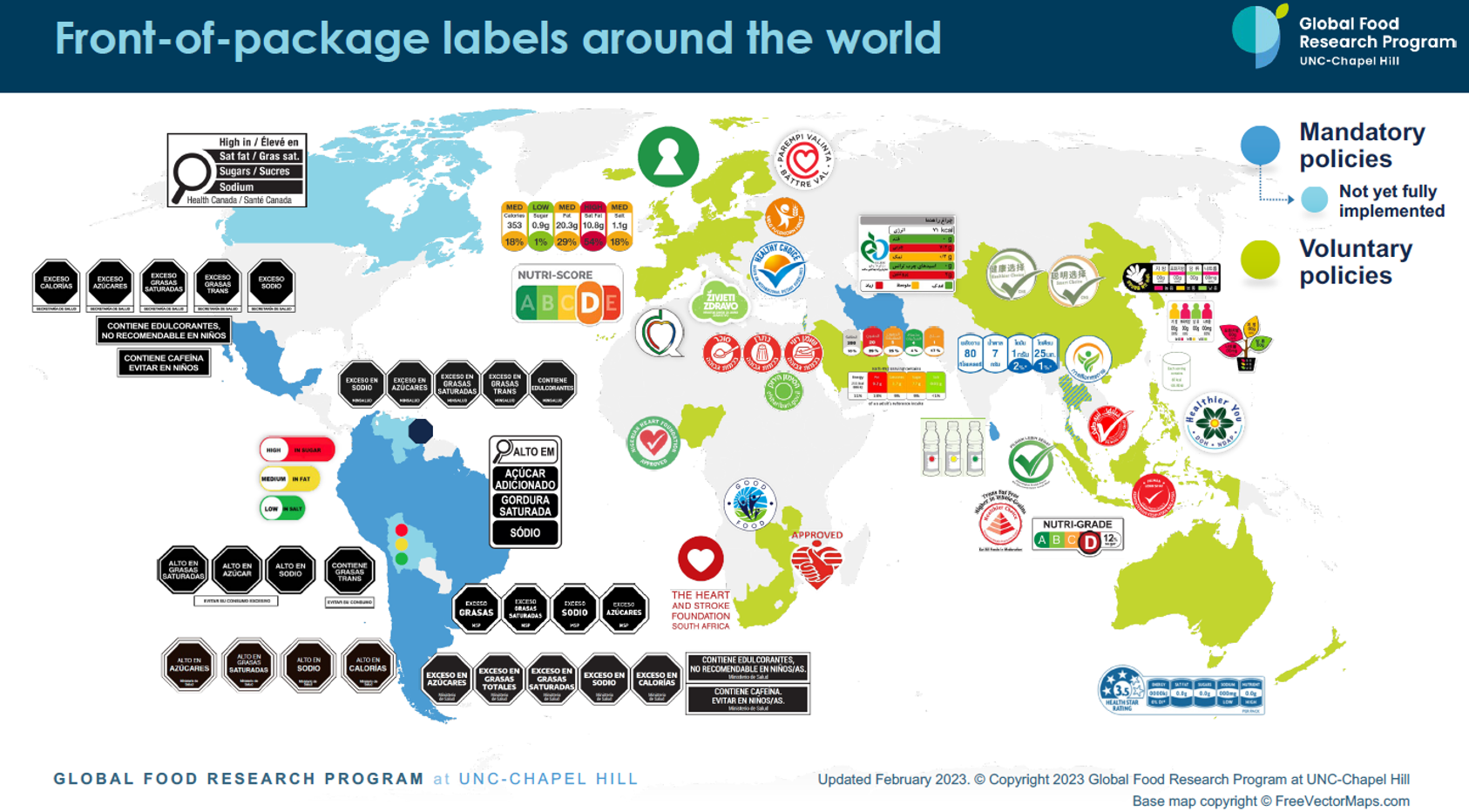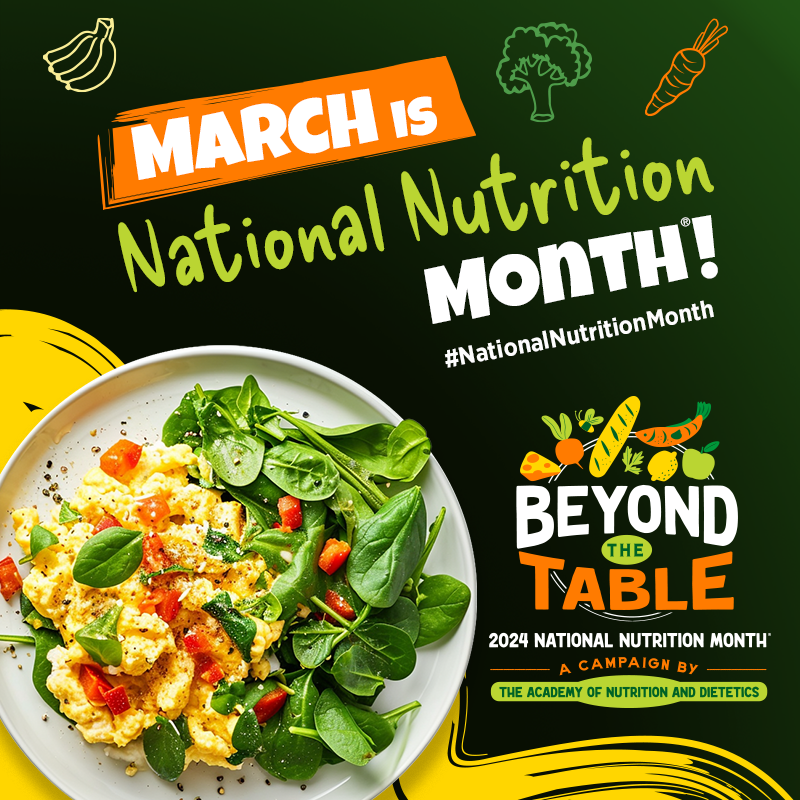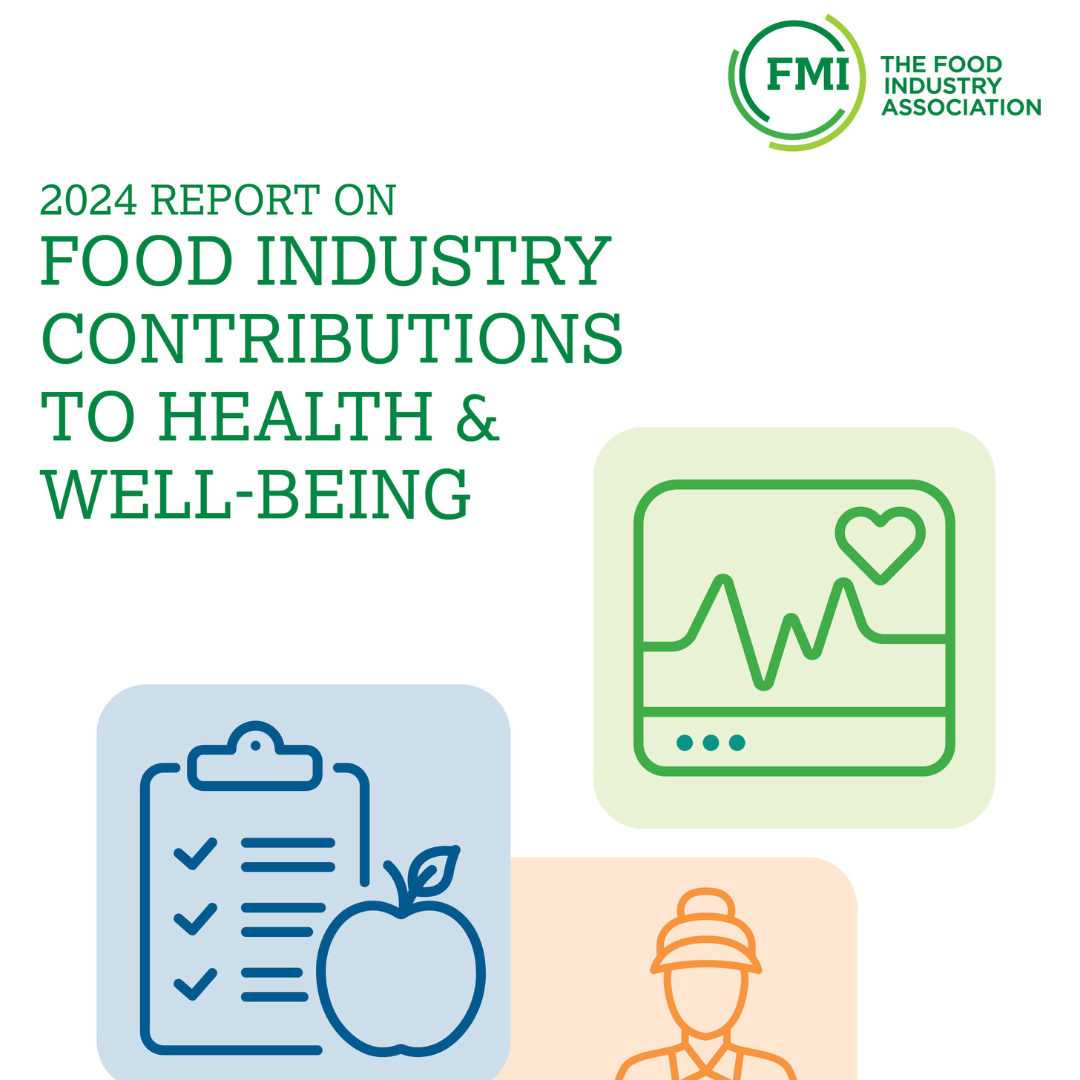A recent FNCE session helps shed light on a complex topic
By: Krystal Register, MS, RDN, LDN, Senior Director, Health & Well-being, FMI
Thousands of registered dietitians, nutrition professionals and students gather every October for the Academy of Nutrition and Dietetics Food and Nutrition Conference and Expo (FNCE), and this year we took on Denver! For the past 27 years this event has been a favorite of mine for many reasons: top-notch research, presentations, networking, and nutritious food!
One of the most popular sessions attended this year was on Front-of-Pack Nutrition Labeling (FOPNL), with a focus on exploring systems to inform and empower consumer choice. This topic certainly resonates with a lot of the recent work at FMI on labeling and meaningful consumer guidance. With audience members representing retailers, product suppliers and community collaborators, we all gained valuable insight from a panel of experts.
Front-of-Pack Nutrition Labeling Status – What’s going on?
Bob Earl, MPH, RDN with Food Allergy Research & Education (FARE) kicked off the session with an overview of the current status of FOPNL. US labeling laws date back to 1973 when FDA first published regulations requiring the labeling of certain foods and then the 1990 Nutrition Labeling and Education Act (NLEA) which established much of the nutrition labeling requirements we see today. If you've been hearing more about FOPNL, it’s due to the 2022 White House Conference, urging the government to develop a standardized system to help consumers, particularly those with lower nutrition literacy, select foods to support improved health.
FDA is currently conducting consumer research to test FOPNL schemes, and the results will most likely determine a proposed ruling in the near future. FDA is testing schemes that do not include calories while focusing only on saturated fat, sodium and added sugars. Most of the schemes being tested are interpretive (low, medium, high) and some include a color-coded warning system (green, yellow, red).
The FOPNL Landscape – What do we currently see in the US?
Monica Amburn, MS, RDN with Eat Well Global presented a comprehensive look at current consumer labeling in the US. Here we have only voluntary programs, including Facts Up Front, which pulls information from the Nutrition Facts Panel to the front of the package to see and use facts “at-a-glance” (calories, serving size, nutrients to limit and the option to include nutrients to encourage). Similarly, we have Clear on Calories, which voluntarily brings just calories to the front. Many retailers also have their own voluntary shelf-tag labeling programs and FOPNL criteria which follow federal guidelines and are often dietitian-led initiatives.
The FOPNL Landscape – What is going on globally?
Monica shared a map from the Global Food Research Program at UNC Chapel Hill to showcase labels around the world to include Traffic Lights (UK), Nordic Keyhole, Nutri-Score, Health Star Ratings and Nutrient Warnings. At present, there are no mandatory policies globally that include a color-coded traffic light system. With limited research, implementation still on-going, and varied definitions of “success” it is difficult to determine if any of these schemes are working, particularly when it comes to behavior change. The industry is facing many moving targets, including nutrient standards; portfolio transformation is already a top priority; and labeling changes are a significant expense.
Focus on Food Labels – What are consumers most interested in?
Kris Sollid, RD with International Food Information Council (IFIC) presented evidence-based insights from food and health consumer research to include specific FOPNL survey results. Consumers are interested in calories and report using the Nutrition Facts Panel for a variety of information. Over half find FOPNL impactful on purchases and most believe “If nutrition information was presented in a consistent way on the front of all food and beverage packaging, it would make it easier to make healthy choices” (71% strongly/somewhat agree – IFIC Insights from US Shoppers 2021).
Guiding Consumers in a Positive Way – How to encourage inclusion of beneficial nutrients?
Julie Greene, MPH with Ahold Delhaize USA and Guiding Stars Licensing Company, LLC had the audience consider the positive interpretive approach to FOPNL as she shared related research on how labels can influence consumer choice. Guiding StarsTM, as one example, encourages consumers to choose more nutritious products, while identifying standards for product formulation, encouraging more positive nutrients.
Feedback from the FNCE audience of nutrition professionals noted concerns with certain foods carrying warning labels when otherwise considered healthful choices dietitians encourage because of positive nutrient content, and the potential for consumer confusion when foods that contain beneficial nutrients such as whole grains, healthy fats, and fiber are labeled in a negative way.
FNCE Learnings – How can labeling solutions empower positive consumer choice?
Commentary from dietitians in this session alluded to the idea that labeling solutions must drive consumers to include (and enjoy!) beneficial nutrient-dense choices. Education on how to include foods and beverages with saturated fat, sodium and added sugars should instinctively align with key characteristics of FOPNL schemes in a positive way. When approached from this angle, dietitians can maximize the opportunity to guide patients, clients and all consumers to make informed choices and readily grasp how all foods can fit into an overall nutritious pattern of eating in personal, practical, and delicious way.



 Industry Topics address your specific area of expertise with resources, reports, events and more.
Industry Topics address your specific area of expertise with resources, reports, events and more.
 Our Research covers consumer behavior and retail operation benchmarks so you can make informed business decisions.
Our Research covers consumer behavior and retail operation benchmarks so you can make informed business decisions.
 Events and Education including online and in-person help you advance your food retail career.
Events and Education including online and in-person help you advance your food retail career.
 Food Safety training, resources and guidance that help you create a company food safety culture.
Food Safety training, resources and guidance that help you create a company food safety culture.
 Government Affairs work — federal and state — on the latest food industry policy, regulatory and legislative issues.
Government Affairs work — federal and state — on the latest food industry policy, regulatory and legislative issues.
 Get Involved. From industry awards to newsletters and committees, these resources help you take advantage of your membership.
Get Involved. From industry awards to newsletters and committees, these resources help you take advantage of your membership.
 Best practices, guidance documents, infographics, signage and more for the food industry on the COVID-19 pandemic.
Best practices, guidance documents, infographics, signage and more for the food industry on the COVID-19 pandemic.
